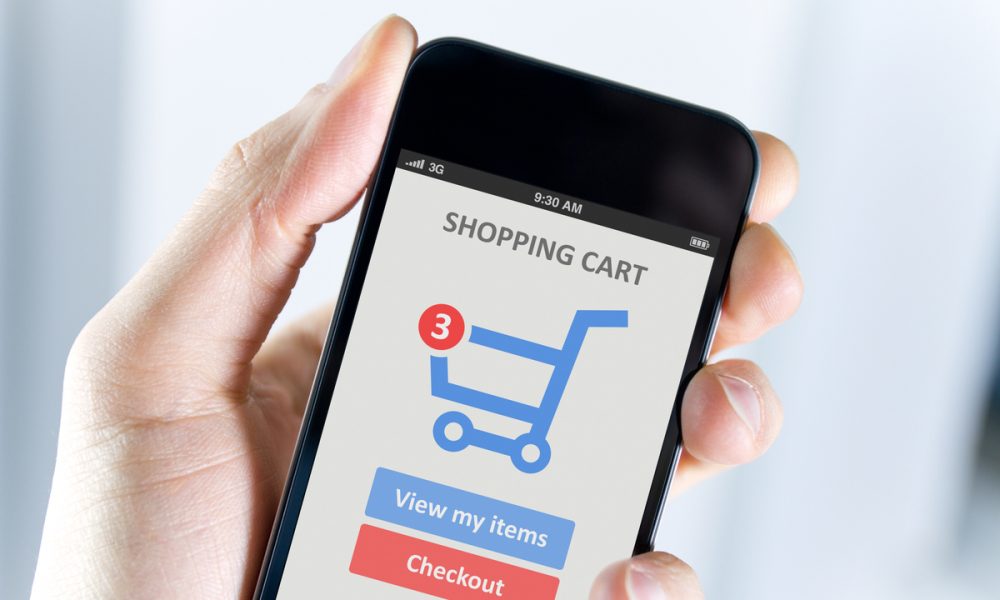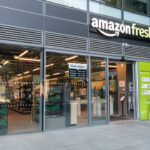Increasingly, in the midst of the pandemic and looking beyond COVID-19, consumers are interacting more than ever before across a string of digital touchpoints in any aspect of financial life.
One rocky experience — a false decline, for example, or a dearth of payment options, may send a would-be consumer to a competing merchant or financial services provider.
No matter the vertical, enterprises have been striving to meet consumer expectations, to provide as seamless a process as possible and address dissatisfaction when it occurs.
In the PYMNTS report, Removing Friction at Checkout: How Payment Experiences Influence Consumer Choice, a collaboration with Checkout.com, more than 500 merchants, with top lines ranging from $50 million to $1 billion, and across more than 2,100 consumers, found that the average number of payment options offered by the most highly rated firms totaled nearly eight.
But as is germane to shopping cart abandonment, roughly 37% of respondents said they walked away from transactions because they put items in their carts but were not yet ready to buy. A mid-teens percentage, across demographics — especially those living paycheck to paycheck — said shipping costs were too high.
By and large, consumers seemed relatively satisfied with their online experiences; 88 percent of shoppers said they were “very” or “extremely” satisfied with their most recent online transactions.
We found that amid the digital journeys undertaken by these merchants, a number of key features have become part of the online landscape. Importantly, and perhaps with an eye on costs, merchants seem to have dialed back on free shipping, offered by 64% of firms at the end of the most recent survey, vs. 79% at the end of 2020. Refunds and rewards are being offered by more merchants leading into the end of 2021, however.







